Real Madrid‘s approach of coasting through to the end of the season with nothing to play for has given Zinedine Zidane a unique opportunity to experiment, even if it has meant that results have been compromised. Against Villarreal at the Estadio Santiago Bernabéu on Sunday in La Liga, Los Blancos secured their first win in three and maintained their fine home form, despite being without a win on the road since Zidane was appointed.
The hosts got off to a dream start as Brahim Díaz robbed Santi Cazorla of the ball deep in his own half to set up Mariano Díaz to break the deadlock after two minutes. Gerard Moreno levelled the scoreline minutes later in a remarkably similar move as Casemiro lost possession. Jesús Vallejo scored a second soon after for his first La Liga goal for the club and Mariano added another to decide the tie just after the break. Jaume Costa added a second for the visitors to keep hope alive deep into injury time, but it was too little, too late for the Yellow Submarine.
Our tactical analysis will use statistics to identify what key points Zidane can take from the game as his Real Madrid team secured the three points.
Lineups
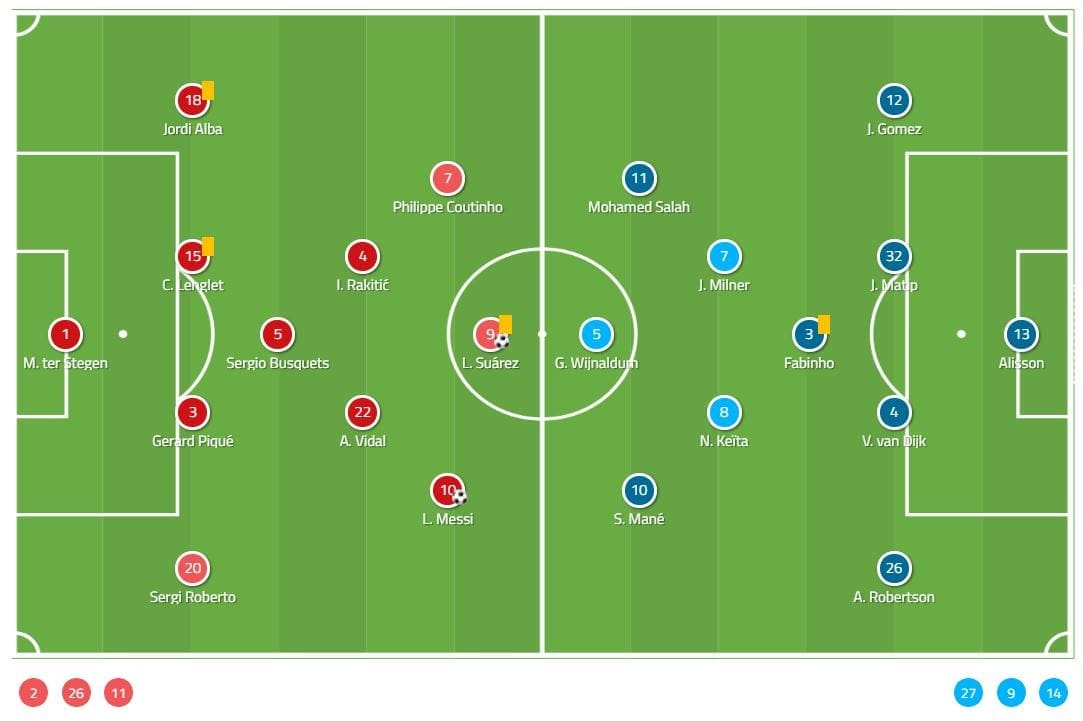
Zidane opted to stick with goalkeeper Thibaut Courtois and was left with no choice but to select Mariano in attack, though he intriguingly left Gareth Bale out of the squad entirely. Vallejo, Federico Valverde and Brahim Díaz were all given the chance to continue to stake their claim whilst Vinicius Junior returned to the bench after injury and made a second half cameo.
Villarreal were without Carlos Bacca in attack, but Vicente Iborra and Alfonso Pedraza also came in to add some more solidity in the defensive phase. Pedraza has played in defence for much of the campaign but relished his chance back on the wing.
Mariano played on his own terms
Against Rayo Vallecano, one of the biggest disappointments was Mariano. Against Villarreal, that couldn’t have been further from the truth.
Whereas last time out he found himself positioned in the blue spot shown below, on the shoulder of the last man, he took up a deeper role against Villarreal and would look to run in from deep. Often, this would involve arriving late into the box and attacking the far post. It was crucial to his poacher’s instinct and allowed him to disrupt the Villarreal defence, whilst also putting pressure on their midfield who buckled at the first sign of a high press as Brahim won the ball back to feed in the striker to score.
Rather than being dependent upon the final ball, he instead looked to pick the ball up deeper and then carry it forward, completing three dribbles as opposed to just the one against Rayo Vallecano. In this role, he also acted as the link between defence and attack, one which was so absent in his last outing and led to a stark disconnect between the two units. Against Villarreal, perhaps boosted by the confidence of a home crowd and with more minutes under his belt, he made the call to drop deeper and arrive late into the far post leading to both of his goals.
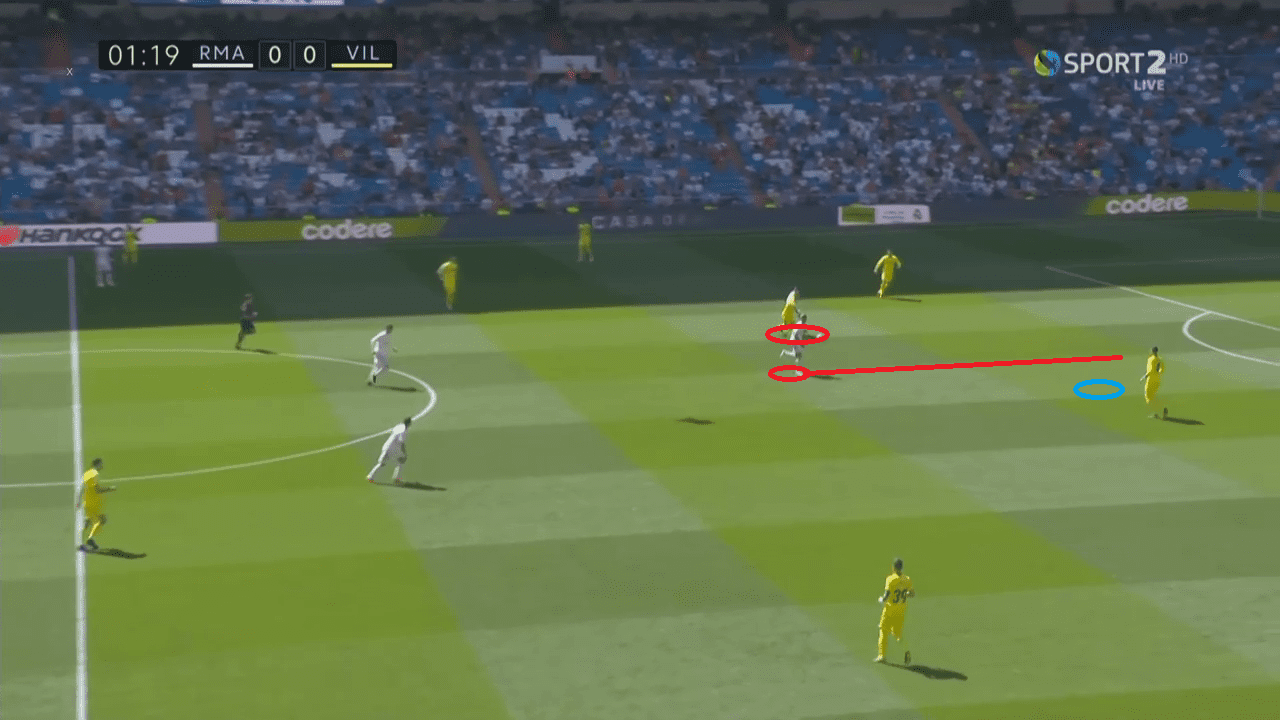
The Dominican striker finally produced the kind of performance that many have been expecting of him all season. In part, this was down to playing on his own terms but also having his team-mates on the same wavelength. It was no coincidence that the majority of crosses were played in low to feet, as was the case for his second goal, after the failure of the approach of treating him like Karim Benzema and playing lofted balls into the box at Estadio de Vallecas last weekend. In an injury ravaged season, consistency and regular game time may finally be beginning to show what impact it could have on Mariano.
Wide link-up play cut Villarreal apart
Fighting for their lives at the wrong end of the league and edging nearer to safety, it was clear that Villarreal were prepared to be organised and put in the hard work in the middle of the park. That meant that it was down to Real Madrid to find a way through and when they did so, it came by attacking down the flanks. Even with Pedraza placed on the left to support Xavier Quintillá at left-back, Dani Carvajal and Lucas Vázquez teamed up well to take them out of the game with their movement and overlapping runs.
The same applied on the left, where Marcelo and Brahim would link up with Toni Kroos to create triangles to bypass the more isolated Mario Gaspar. With pace to burn, they would effectively take the full-back out of the game with their movement. Villarreal desperately tried to counter this approach, dragging back their wingers and effectively pinning themselves into the final third, leaving Moreno alone up-front to hold the ball up and wait for the midfield to join him.
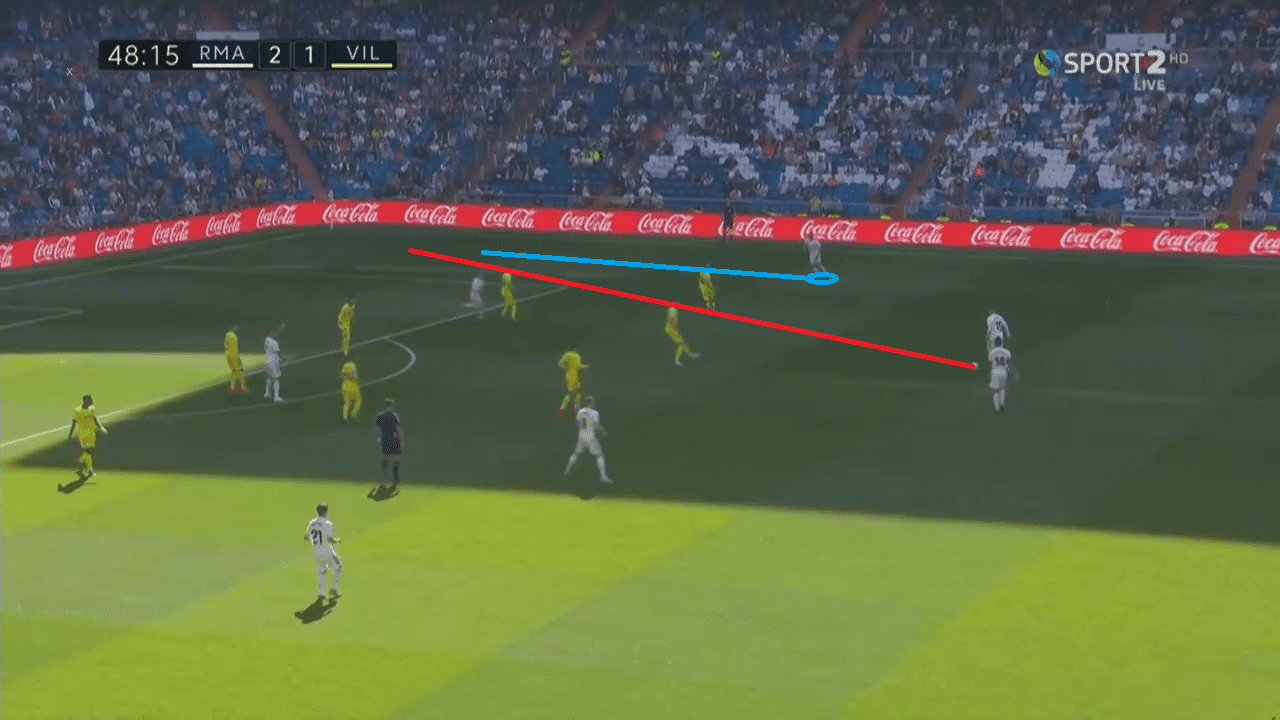
Wide attacks counted for 55% of Real Madrid’s attacks in terms of number of moves, with an even split on either flank, but those moves that came down the wings produced 69% of the team’s xG. In fact, 61% of xG came from runs down the right flank, including the third goal as Valverde picked out Carvajal with a defence splitting pass which allowed him to set up Mariano with an inch perfect pass. Having packed the middle of the park against Rayo Vallecano, Zidane looked to the wings against Villarreal and it worked perfectly.
Casemiro’s struggles require cover
Winning just 18% of his defensive duels and having lost possession three times in his own half, it is clear that Real Madrid cannot count on Casemiro with the same confidence that they once did. The Brazilian has often been treated as a third central defender at times, allowing the two others to spread wide, offering their goalkeeper options to spread the ball quickly down the flanks and allowing the full-backs to push forwards. Against Villarreal, that confidence, or perhaps the arrogance of allowing Moreno to stand free unmarked between them, was the downfall of Real Madrid as Álvaro pressed high to win the ball and feed in the striker.
It could certainly be argued that such events do not take place regularly, but it was a clear approach that the defenders did not spread so wide after that equaliser and were more aware of Moreno’s movement. Without the offensive threat out wide, they could afford to drift in more centrally to attempt to provide greater cover for the likes of Moreno, Cazorla and Pablo Fornals who were coming through the middle. That gave greater freedom to Kroos and Valverde too, allowing them to push forwards.
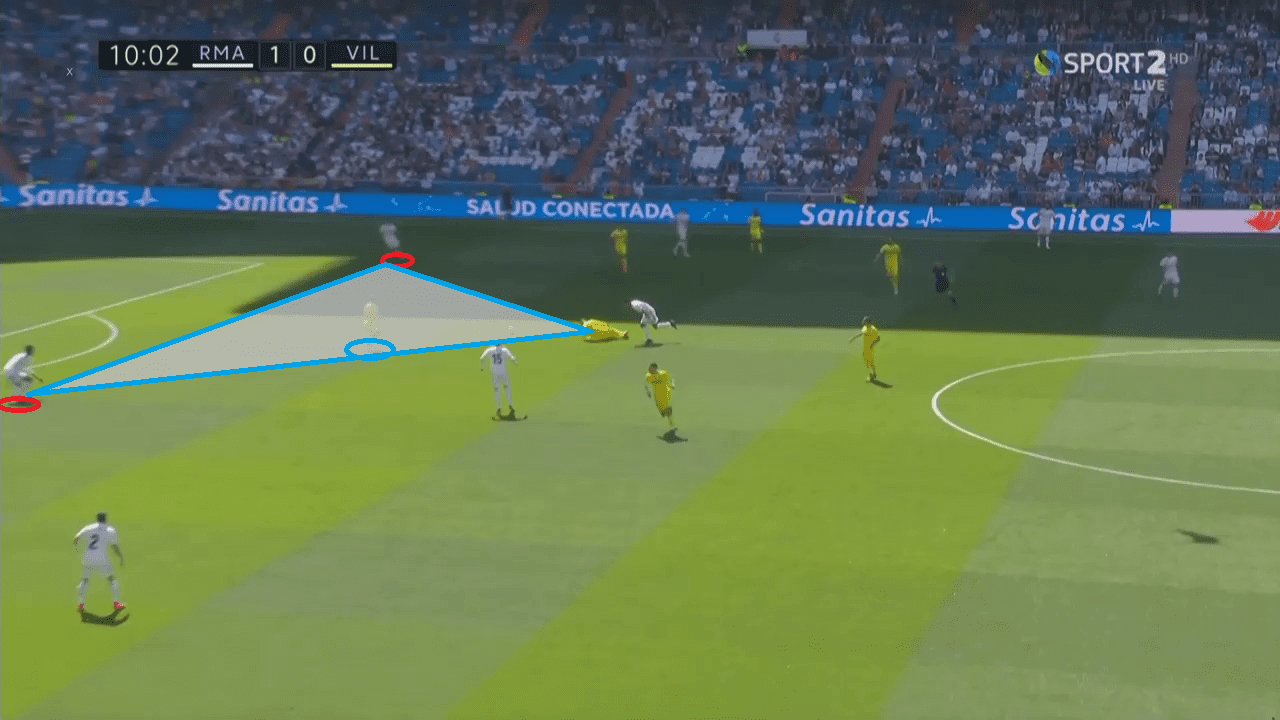
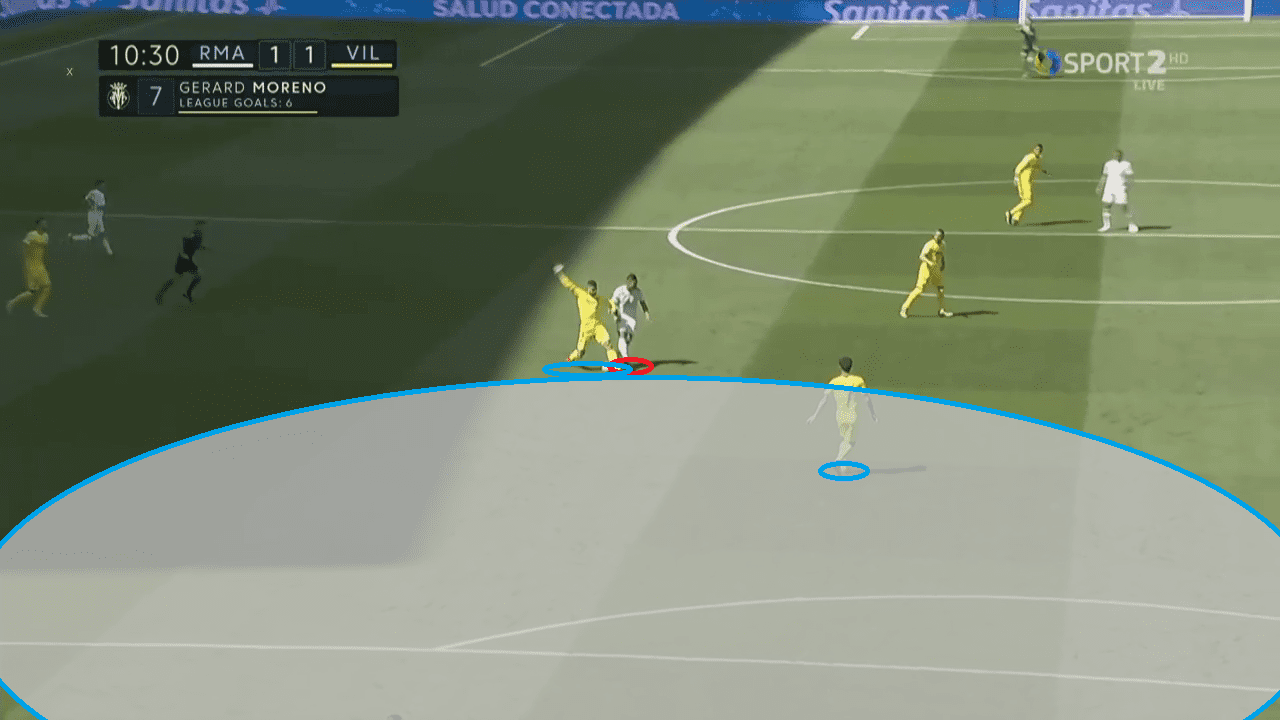
Allowing such space 25 yards in front of goal in such a central position was unforgivable for Real Madrid and Zidane clearly took measures to avoid a repeat. It was typical of the complacency that has become commonplace this season and the French coach is desperate to stamp out. Villarreal took advantage of the poor positioning and Moreno’s experience allowed him to see the opportunity open up, but Real Madrid’s defence, even including the less experienced Vallejo, should know better.
Valverde in the Modrić role
Valverde has become one of Zidane’s first names on the team sheet of late, being the first port of call when rotating key players such as Luka Modrić. Against Villarreal, the former Deportivo La Coruña loanee played in the role of the Croatian and opted for a more attacking outlet than in any of his previous appearances. Whilst positionally he did not venture forwards as much as the Balon d’Or winner, his passing proved to be the key difference.
He actually made fewer passes in the final third than in his two previous outings, where he reached the teens for such passes, only recording five against Villarreal. However, he was far more optimistic and penetrative with his distribution. Whilst in both of those outings he was content spreading the ball wide, looking to the full-backs on the overlap, on Sunday he looked to play the ball directly into the box or into runners who were finding their way into the danger zone. It was the difference between a performance where Valverde has been another cog in the machine, to becoming a key element of the team’s attacking play.

Few expect Modrić to be anywhere but the Bernabéu next season, but as he grows older it is becoming increasingly clear that Zidane wants an option to rotate with him and this is Valverde’s chance to stake his claim. Recent weeks have shown that few have been able to provide that link between midfield and attack, even more experienced stars like Isco or Dani Ceballos, but the early signs should cause optimism in the case of Valverde who is proving to have far more of an opportunity than he did under either Julen Lopetegui or Santiago Solari.
Conclusion
In attack, Zidane’s plans appear to be coming together. Even when rotating, his team is adapting and players like Brahim and Mariano are stepping up to the plate when given the chance. The concerns remain in defence, where in nine games Real Madrid have only achieved three clean sheets under Zidane. There are reasons to be excited for what could happen when changes are made in the transfer window, but the major reservations with this side remain at the rear, rather than in attack where many of their supposed targets are based. Whatever happens, Zidane is learning about his squad and in Valverde, may have unearthed a gym which could save his club millions in providing an alternative in the midfield three next season.
If you love tactical analysis, then you’ll love the digital magazines from totalfootballanalysis.com – a guaranteed 100+ pages of pure tactical analysis covering topics from the Premier League, Serie A, La Liga, Bundesliga and many, many more. Buy your copy of the April issue for just ₤4.99 here, or even better sign up for a ₤50 annual membership (12 monthly issues plus the annual review) right here.

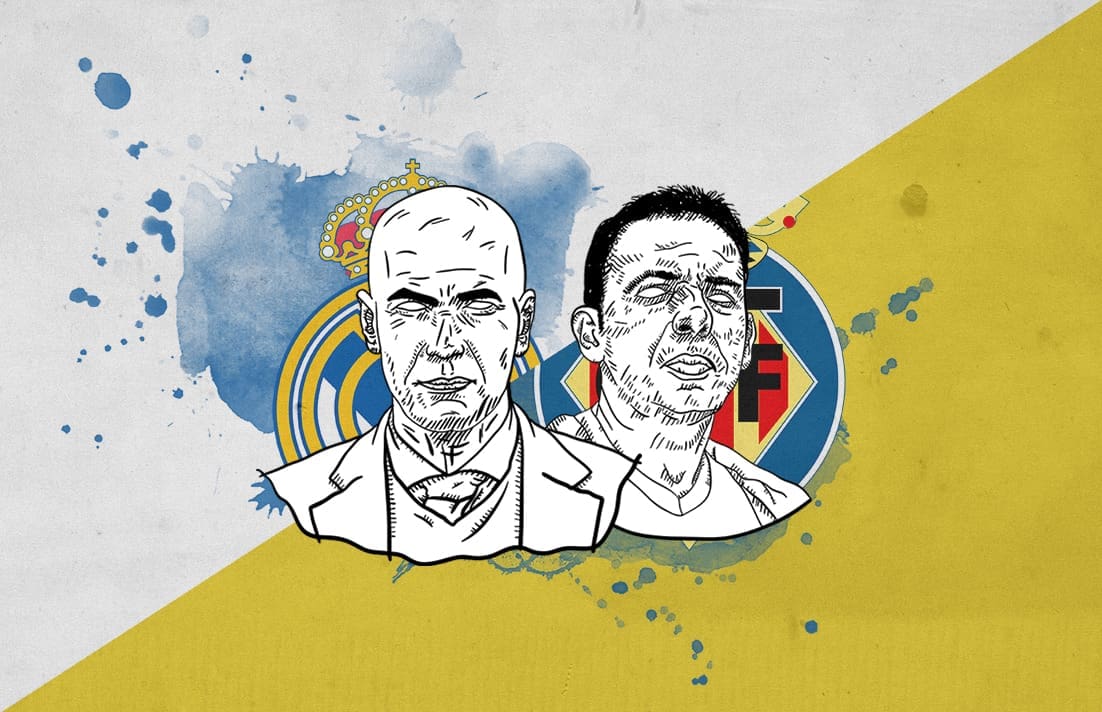



Comments